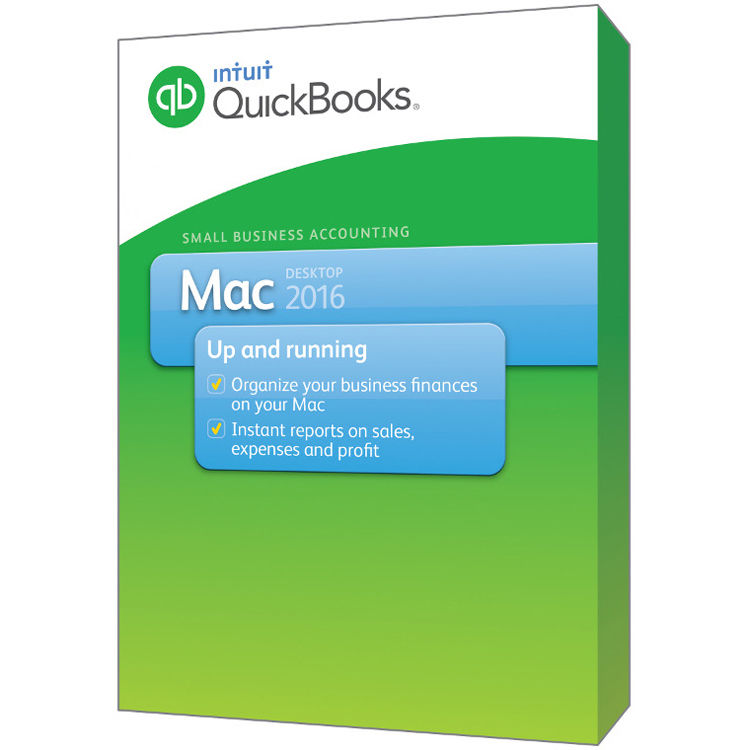
- #OPENING QUICKBOOKS FOR MAC IN A QUICKBOOKS FOR WINDOWS HOW TO#
- #OPENING QUICKBOOKS FOR MAC IN A QUICKBOOKS FOR WINDOWS FOR MAC#
- #OPENING QUICKBOOKS FOR MAC IN A QUICKBOOKS FOR WINDOWS VERIFICATION#
- #OPENING QUICKBOOKS FOR MAC IN A QUICKBOOKS FOR WINDOWS SOFTWARE#
#OPENING QUICKBOOKS FOR MAC IN A QUICKBOOKS FOR WINDOWS FOR MAC#
(For more on the Verify Utility read our article of July 25, 2013, The QuickBooks for Mac Verify Utility and QuickBooks.log file. This represents structural damage to the database and requires, at a minimum, that the file be rebuilt. For example, the Verify utility may return a message indicating that b-check failed.

#OPENING QUICKBOOKS FOR MAC IN A QUICKBOOKS FOR WINDOWS VERIFICATION#
The Verify utility performs a complete validation and verification of the database, but messaging differs from the typical messages displayed by QuickBooks for Windows. The QuickBooks database, whether ‘for Windows or Mac’ has limitations as to the overall size of these List tables.īoth the Verify and Rebuild utilities are found under the File>Utilities menu. Here you will find information such as file size, transactions, targets, and links as well as other data that identifies the various components of the database and QuickBooks application. The Product Information screen provides valuable clues about your QuickBooks file.To access the product information in QuickBooks for Mac, press the Command + 1 keys. While much of the underlying database structure remains reasonably consistent between Mac and Windows, variations in the interface make for additional complexities when attempting to identify and potentially repair data corruption issues. QuickBooks for Mac differs significantly from QuickBooks for Windows versions.
#OPENING QUICKBOOKS FOR MAC IN A QUICKBOOKS FOR WINDOWS SOFTWARE#

There are many symptoms of data damage, including: Whether QuickBooks for Windows, or QuickBooks for Mac, data corruption is probably the most common cause of QuickBooks data loss, and despite Intuit’s efforts to improve the stability and redundancy functionality of QuickBooks, some forms of data corruption are becoming more prevalent than in the past.

While many people consider the Apple Mac environment a more stable operating system, it is still corruptible, and the data contained therein is subject to that corruption. In terms of a database, data corruption does not just limit itself to specific fields, rows, columns or even individual tables within the database, the corruption may exist across a broad expense of the actual data structure. Database corruption can occur when the formatting of one or more data pages become damaged, rendering the information on that page, and perhaps many pages, inaccessible.
#OPENING QUICKBOOKS FOR MAC IN A QUICKBOOKS FOR WINDOWS HOW TO#
In my last article on the QuickBooks for Mac Verify Utility and QuickBooks.log file (July 25, 2013) we discussed how to use the utility to identify potential data damage, in this edition we are going to look a little closer at the concepts behind data corruption.ĭata corruption is any damage to data that upsets its regularity or impairs its functionality. QB for Mac QuickBooks.log The QuickBooks for Mac QuickBooks.log file.


 0 kommentar(er)
0 kommentar(er)
